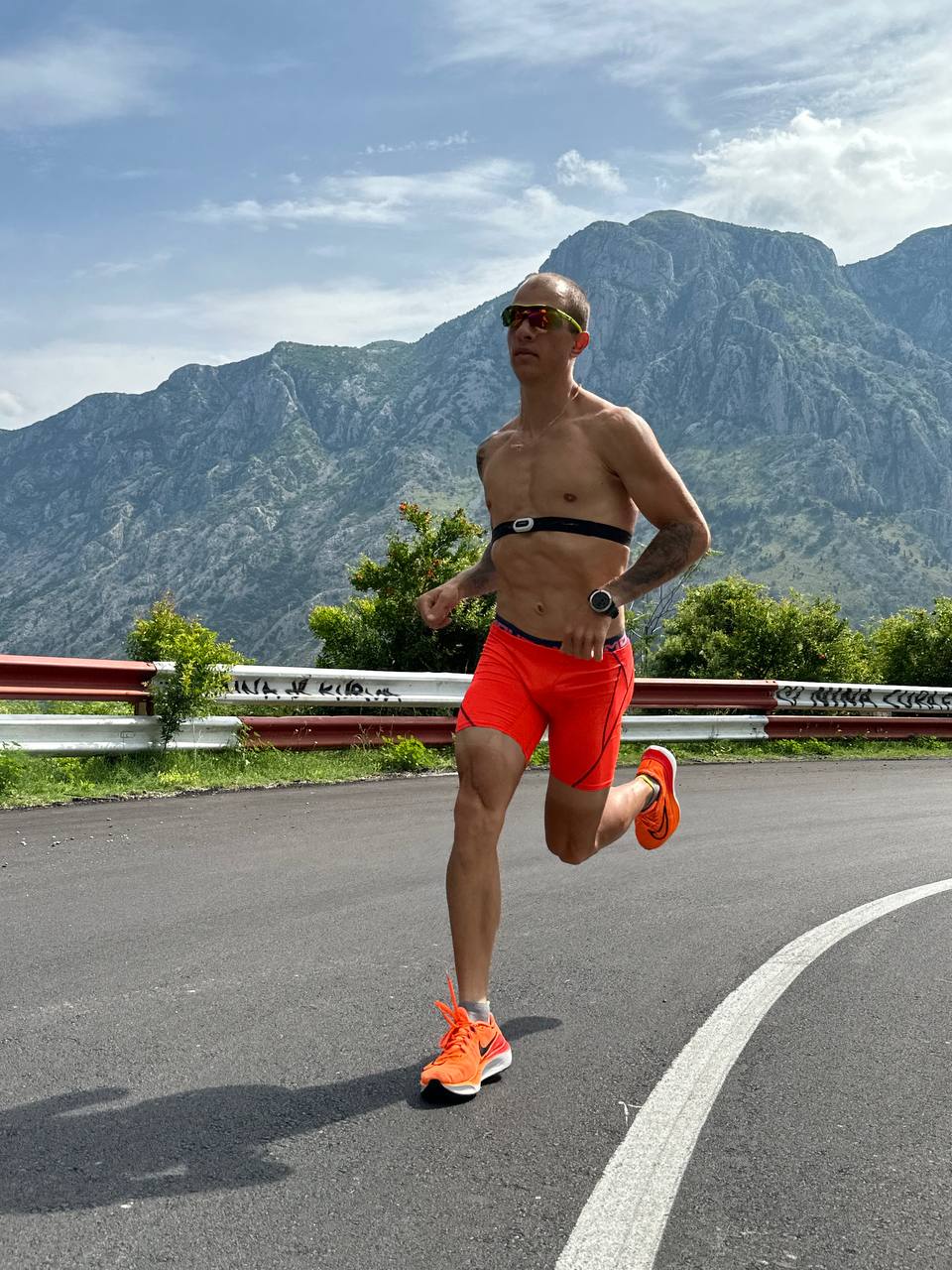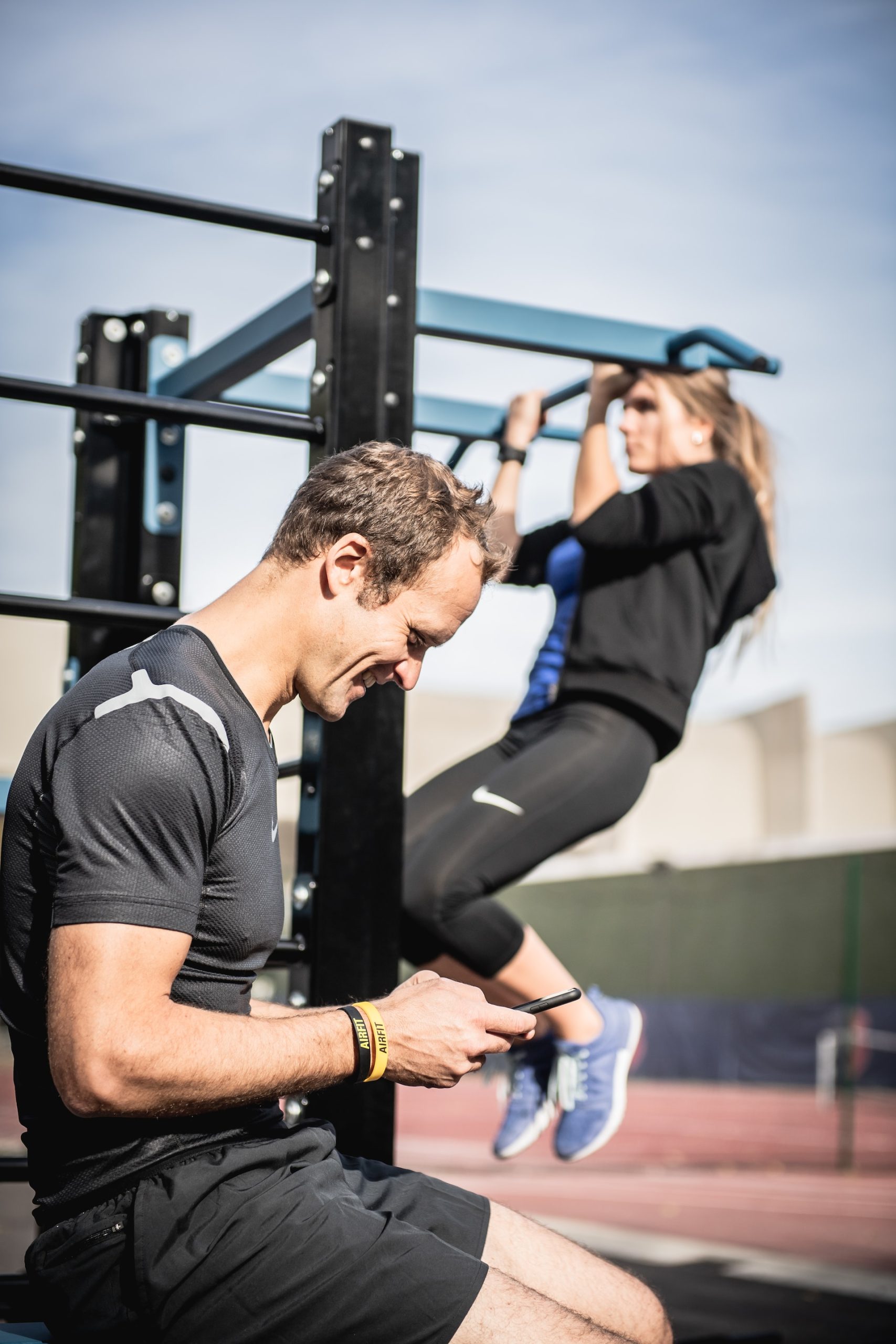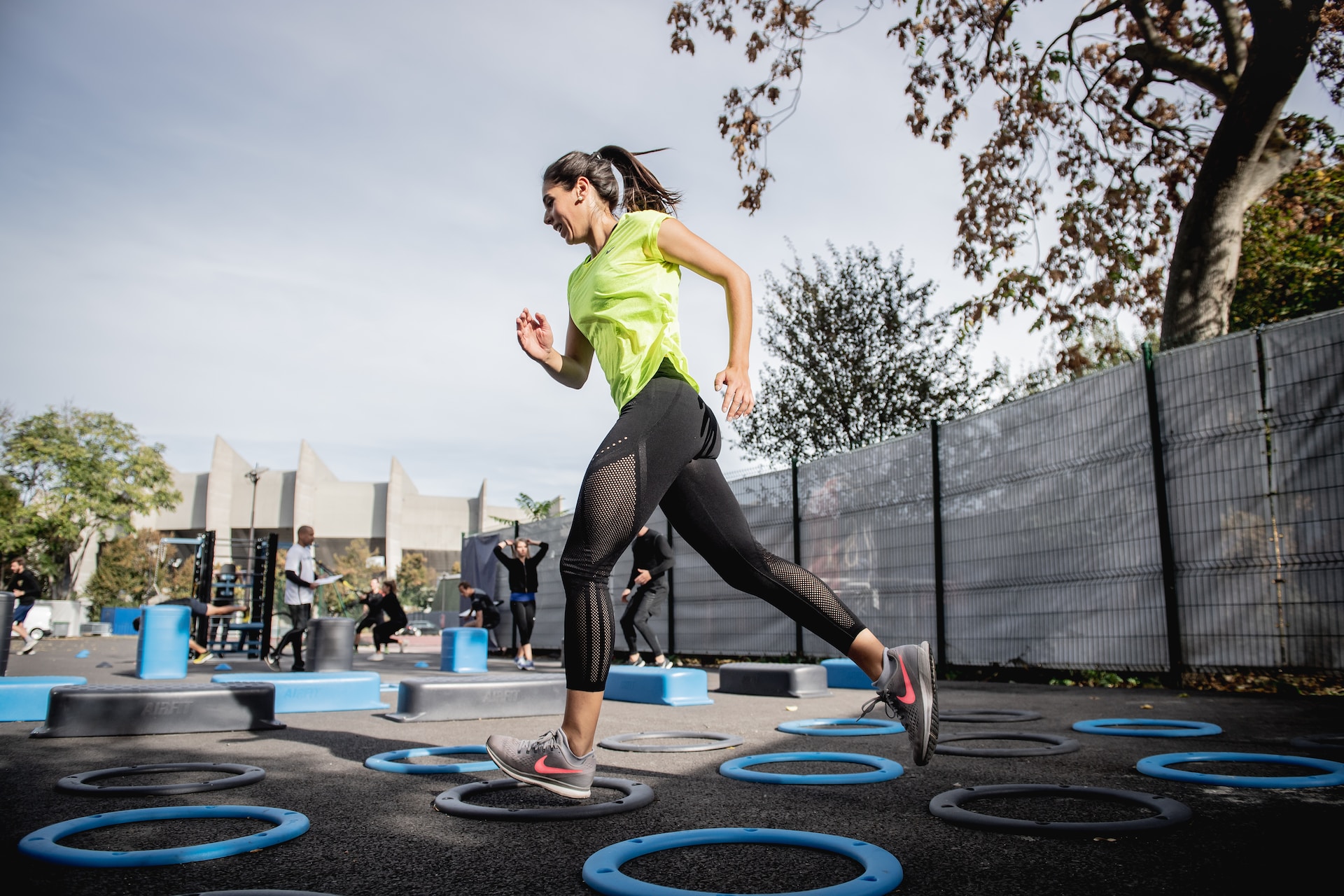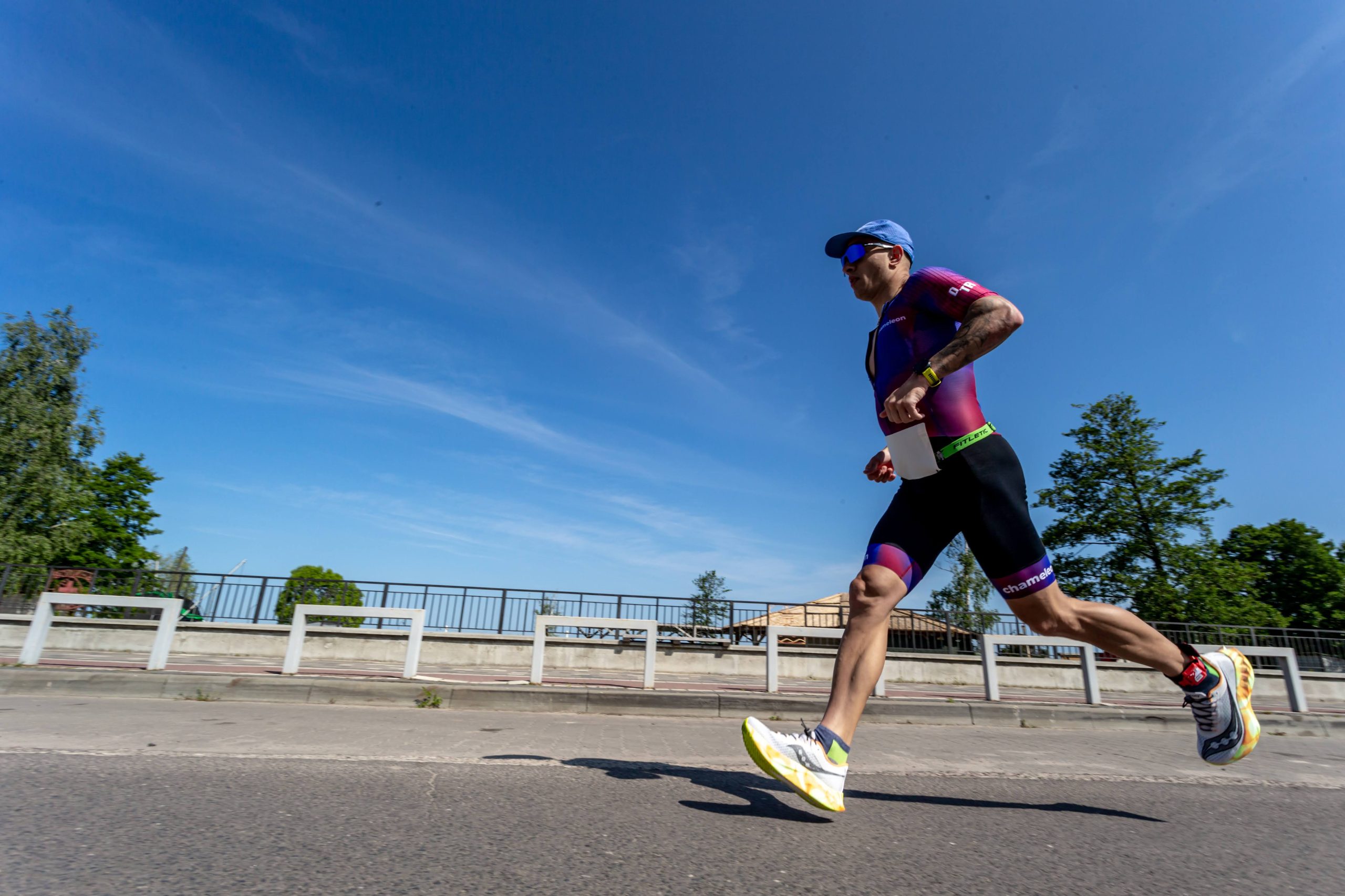Running performance, as a discipline, is as simple as putting one foot in front of the other.
And as complex as understanding the intricate interplay between body biomechanics, mental resilience, and tailored training strategies.
It’s the final stretch in a triathlon, where the battle of endurance meets the test of speed, strength, and strategy.
This discipline holds the potential to significantly influence your overall triathlon performance and therefore demands an optimized approach.
So let’s dive deeper into advanced techniques and workouts that can help improve your running performance.
Looking to boost your weekly mileage without overdoing it?
It can be hard to know how much is too much, especially as you start pushing yourself.
Head over to this article on how to increase mileage running to learn about safe, effective ways to build your running distance sustainably.
Interval Training. Speed and Endurance Combined
Interval training is like playing with the throttle of your physical capabilities.
A rollercoaster ride where periods of intense, full-throttle efforts are punctuated by calmer, recovery bouts.
It’s an effective way to enhance both your speed and endurance, which are key to successful running in a triathlon.
According to a study published in the Journal of Strength and Conditioning Research, interval training helps to increase VO2max.
This is the most important measure of aerobic endurance and running speed among trained runners.
This high-intensity approach challenges your cardiovascular system.
Therefore, it can push the limits of your aerobic capacity and help you increase your speed over longer distances.
Bill Rodgers, a former American marathoner, hit the nail on the head when he said, “The only tactics I admire are do-or-die.”
Indeed, interval training embodies this spirit, pushing you to give it all in moments of high-intensity effort.

Hill Workouts. Your Strength Builder
Picture this: you’re running, the breeze is on your face, and then the road tilts upward.
It’s a hill, a test of your power and resilience. Hill training is a challenging but rewarding addition to your training routine.
They involve an intense uphill run followed by a recovery phase of running or walking downhill,
Running uphill demands greater muscle engagement and cardiovascular effort, enhancing strength and speed.
Also, it improves your running economy, meaning the amount of oxygen you need to maintain a particular pace decreases.
Emil Zatopek, the legendary Olympic gold medalist, was known for his intense hill workouts.
His words offer motivation: “If you want to win something, run 100 meters. If you want to experience something, run a marathon.”

Strength and Flexibility. Unseen Heroes of Running Performance
Strength and flexibility might seem like the sidekicks to the superhero of running performance.
But in reality, they’re heroes in their own right.
Building strength, particularly in your core and lower body, improves your running form and efficiency.
While flexibility helps maintain a full range of motion and reduces the risk of injuries.
According to research published in the Journal of Strength and Conditioning Research, regular resistance training improves running economy.
What does this mean?
Simply, you’ll be able to maintain your pace while using less energy.
Reflecting on her success, long-distance running legend Paula Radcliffe said, “I’ve always believed that you can think positive just as well as you can think negative.”
This positivity aligns well with the proactive approach of incorporating strength and flexibility training into your routine.

Training Zones and Running Economy. Run Smarter, Not Harder
Running economy and training zones are like the science behind your sweat.
Running economy refers to the amount of oxygen you consume at a specific running speed.
A better economy translates to less oxygen consumption at the same pace.
Training zones, on the other hand, are intensity ranges of your workout, defined by measures like heart rate, speed, or power.
Incorporating this understanding into your training can pave the way for better results.
Low-intensity workouts in the aerobic zone can improve your running economy.
While high-intensity intervals in the anaerobic zone can increase your speed and power.
Knowing and working within these zones can optimize your workout.
Ensuring that you are working at maximum efficiency when it is beneficial and stepping back to recover when necessary.

Personalized Training Plans. The One that Fits You Best
In the world of triathlon training, a one-size-fits-all approach is far from ideal.
Each athlete is unique. They have different strengths, tackle different weaknesses, and aim for different goals.
Thus, an individualized training plan can be a guide to improving your running performance.
It takes into account your current fitness level, available training time, and specific goals.
Supporting this notion, a study published in the Journal of Sports Sciences showed that individually-tailored training programs led to improved performance in endurance athletes.
This study sheds light on the importance of customization in training plans.
It’s about understanding your needs, your body, your capabilities, and tailoring a program that best meets these aspects.
Check out this base running training plan to level up your endurance and performance.

Harnessing Technology for Better Training
In the age of technology, the world of athletics and endurance sports isn’t left behind.
Tools like heart rate monitors and GPS watches can provide detailed information.
This includes information about your pace, distance, heart rate, and even running dynamics.
Smart insoles can provide real-time feedback about your foot strike, stride length, and cadence.
These technological advances, combined with training platforms and apps, help athletes track their progress.
They can also identify areas for improvement and adjust their training accordingly.
It’s about combining mental and physical readiness with digital data accuracy, allowing you to train smarter, not just harder.

The Journey to Advanced Running Performance
As you embark on your journey to improve your running performance, remember that it’s a multifaceted process.
From interval training that tests your speed and endurance to hill training that develops strength.
From realizing the complexities of running economics and training zones to adopting a customized training plan.
Each aspect is a cog in the wheel that drives your results forward.
Remember the words of one of the greatest distance runners of all time, Haile Gebrselassie, who said, “When you run the marathon, you run against the distance, not against the other runners and not against the time.”
A race is a competition with your own record, with your own limitations, with the voice in your head.
It is the voice that tells you to stop when your heart tells you to keep going.
As you lace up your running shoes and step out on your path, remember that every step takes you closer to your goal.
Keep learning, keep pushing, and keep running.
Your journey to mastering the run in a triathlon is made of each stride, each breath, and each beat of your determined heart.
And remember, in this journey, you’re not alone.
You’re part of a community of athletes, all striving for that extra mile, all seeking to unlock their potential.
Happy running!





